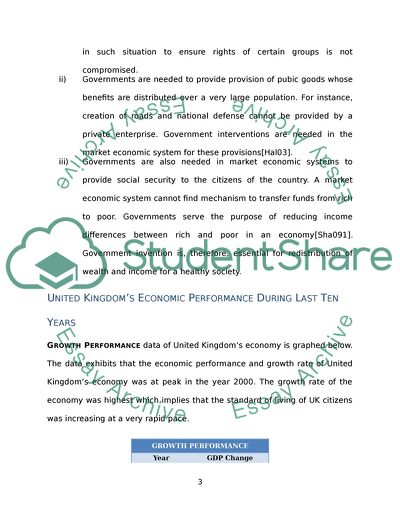Cite this document
(Short question, which can be linked together Essay, n.d.)
Short question, which can be linked together Essay. https://studentshare.org/macro-microeconomics/1770763-short-question-which-can-be-linked-together
Short question, which can be linked together Essay. https://studentshare.org/macro-microeconomics/1770763-short-question-which-can-be-linked-together
(Short Question, Which Can Be Linked Together Essay)
Short Question, Which Can Be Linked Together Essay. https://studentshare.org/macro-microeconomics/1770763-short-question-which-can-be-linked-together.
Short Question, Which Can Be Linked Together Essay. https://studentshare.org/macro-microeconomics/1770763-short-question-which-can-be-linked-together.
“Short Question, Which Can Be Linked Together Essay”. https://studentshare.org/macro-microeconomics/1770763-short-question-which-can-be-linked-together.


